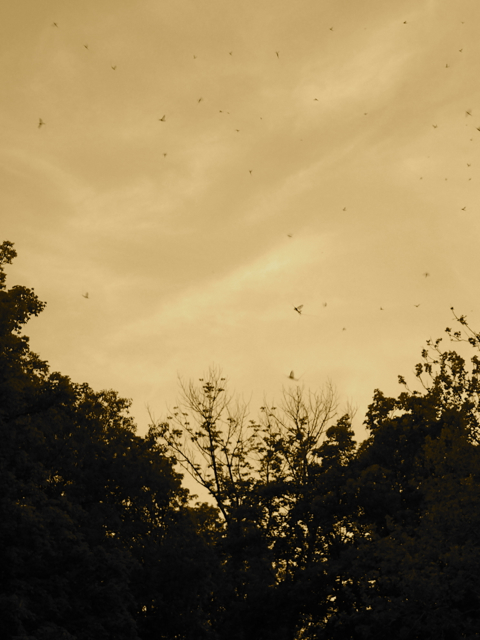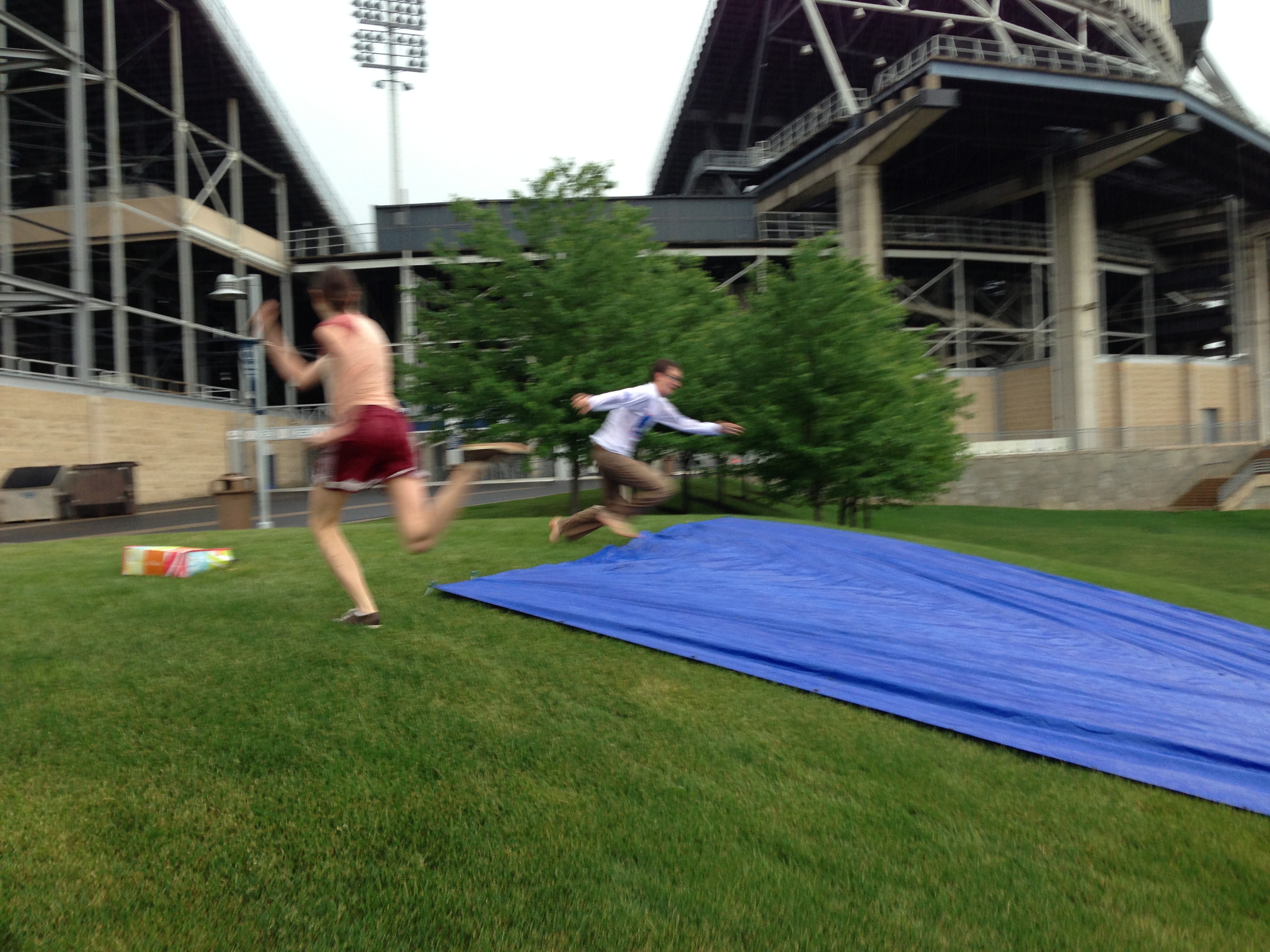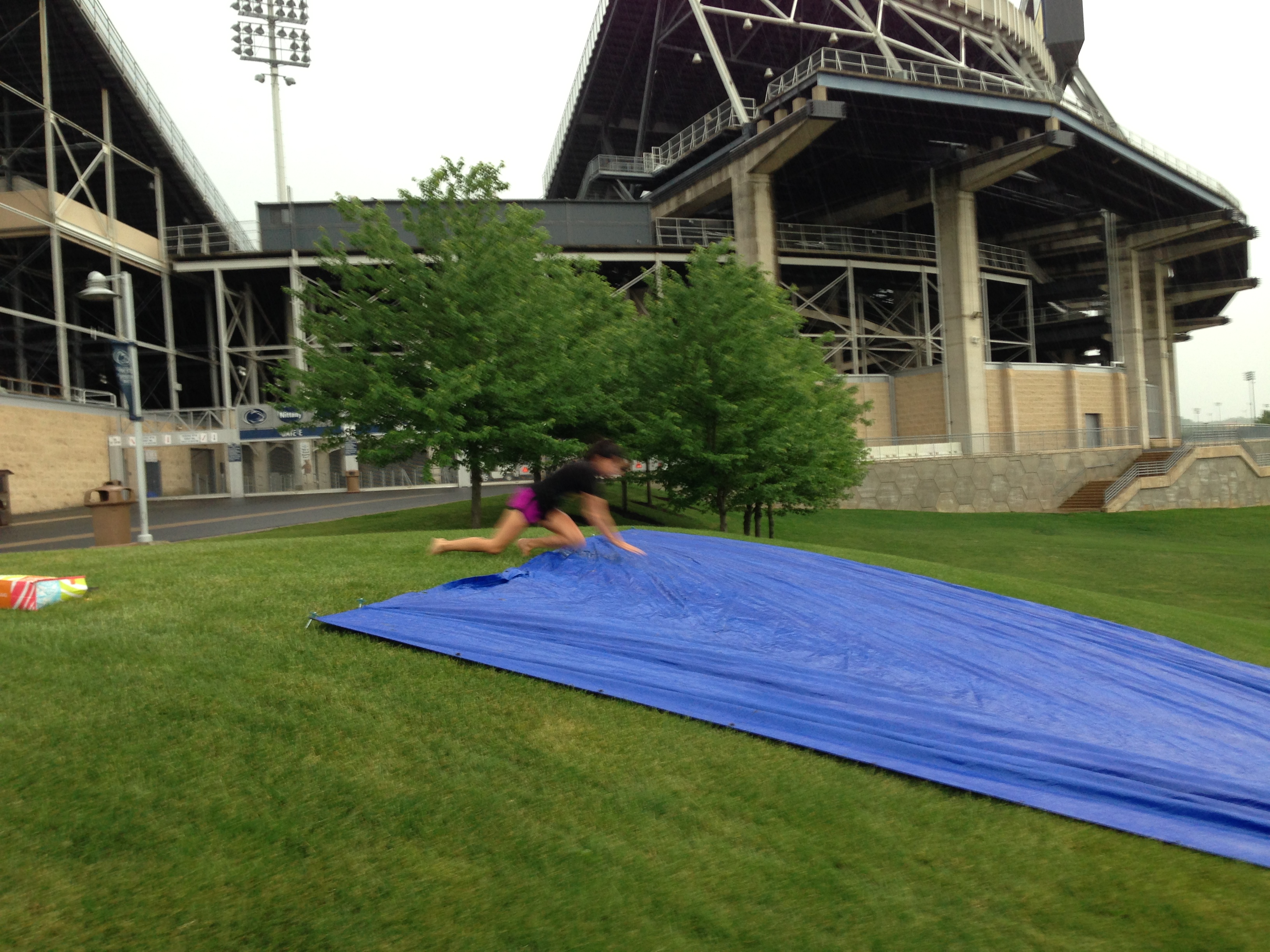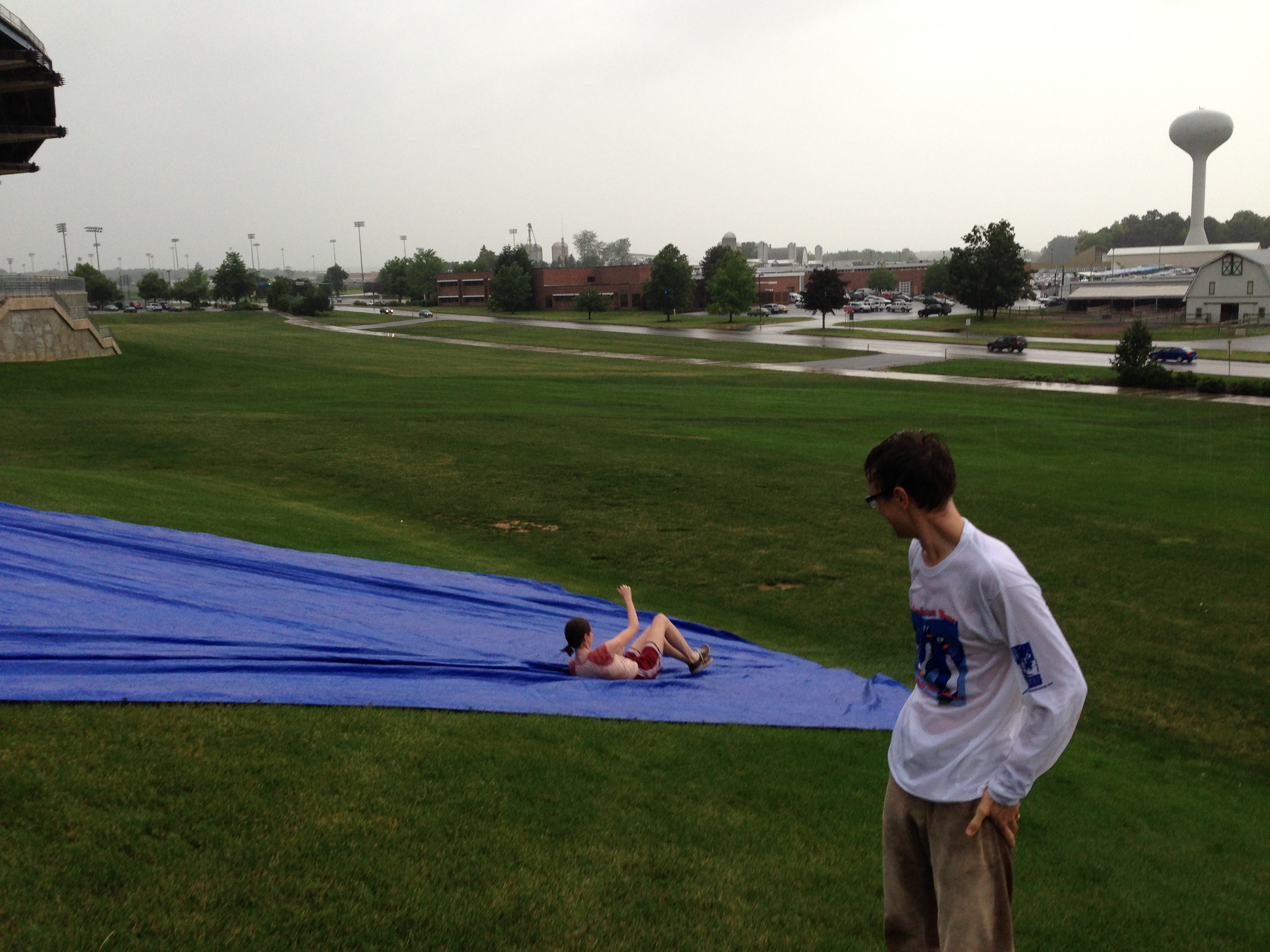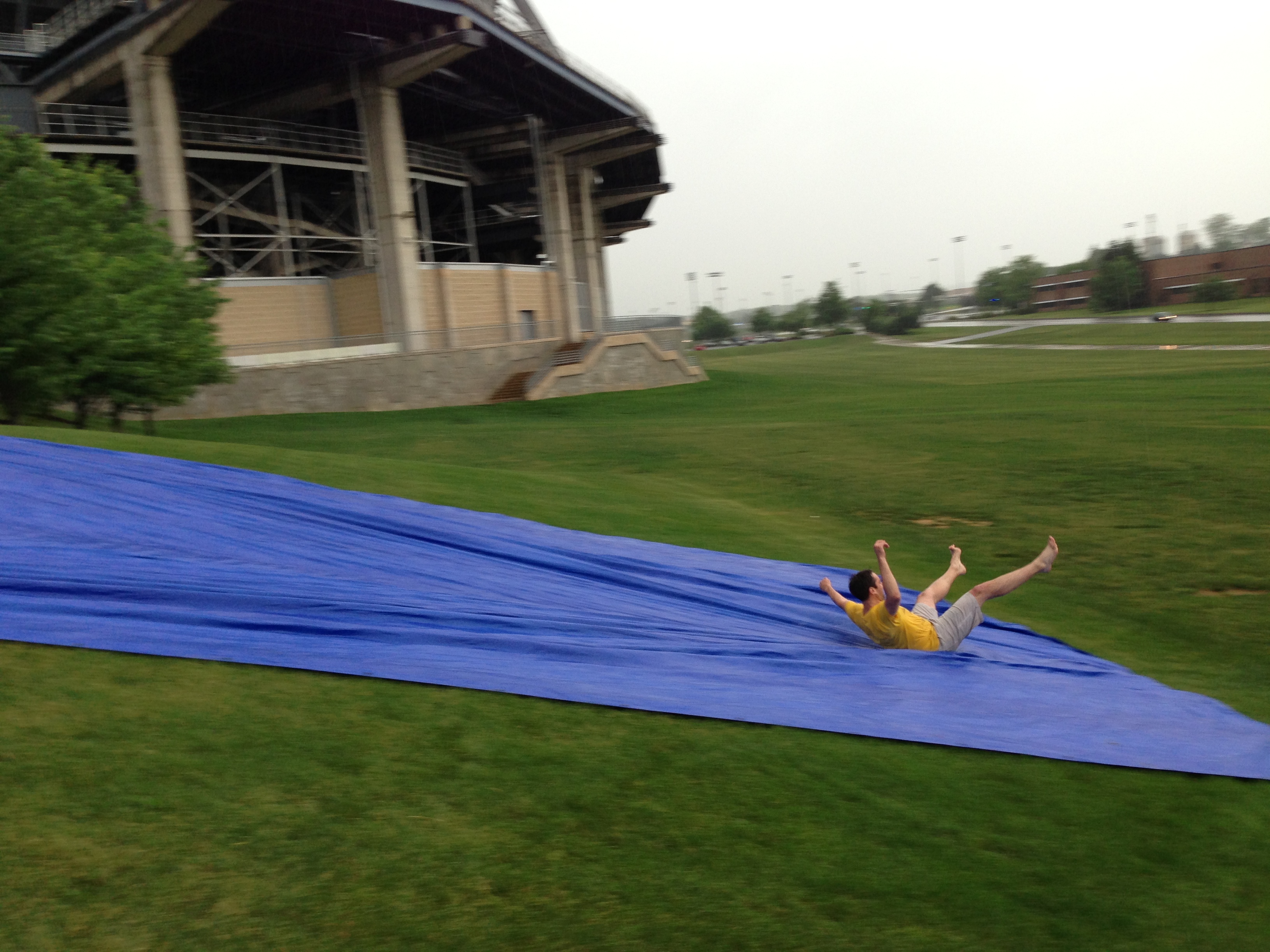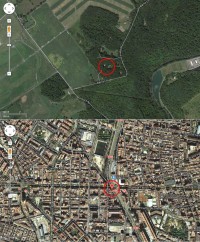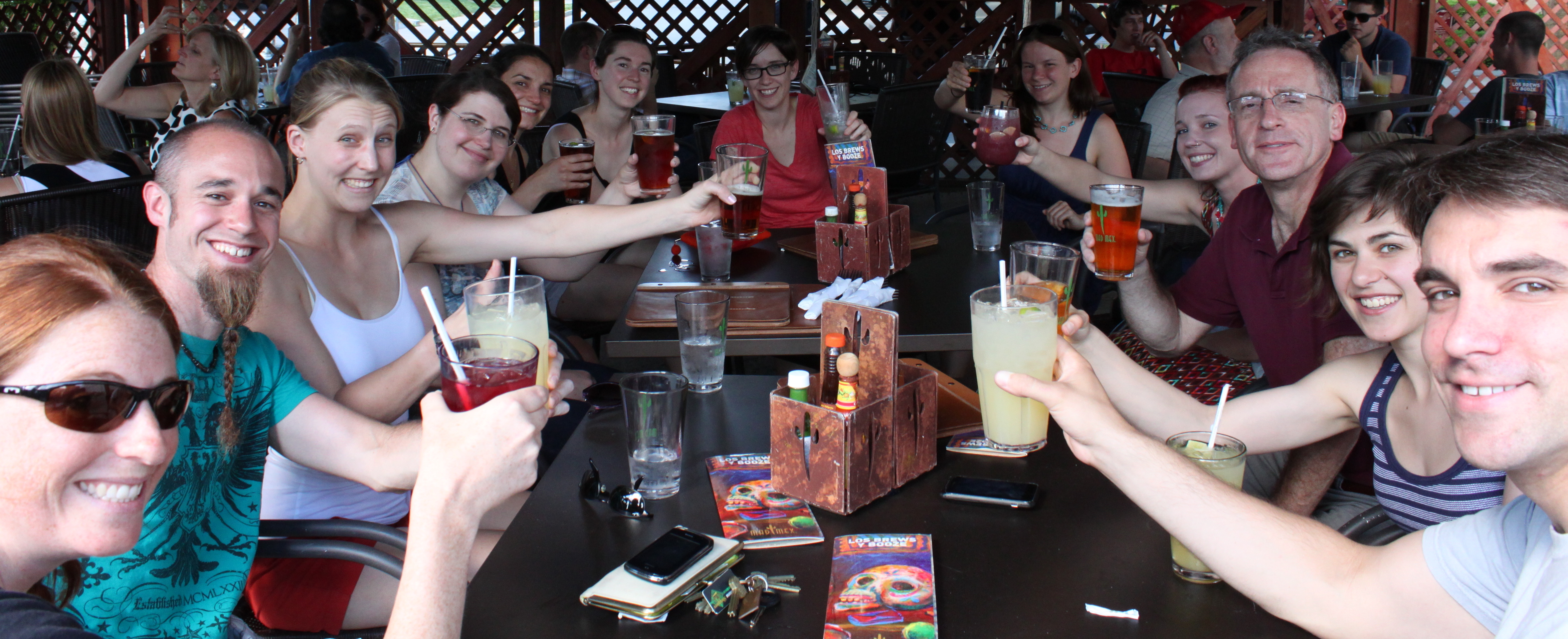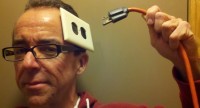The ‘sip’ and ‘slap’ of rising fish had disappeared and you could be forgiven for thinking the rushing water had stagnated, for it too could not be heard. Flowing upstream, a din of emerald mayflies fluttered en masse above the water. Standing chest high in the creek, I was assailed by papery wings, crawled over as a resting place. We mustered metaphors, ‘a plague of beautiful locusts!’, catching bodies in our mouths as they opened to shout ‘Awesome!’.
The train quietened. I was sorry that it was over so soon. Until an even louder juggernaut came by, thousands of Green Drakes strong. As they pushed on forward at head height, the bodies of those just-mated floated limply back around my hips. A life-cycle diagram on a too-white page had never seemed so ridiculous. Hands in the water, I collected and inspected: yellow, large bodies – females; whiter, smaller bodies – males. Fish started to feast and with them began the whistle of a fly rod pendulum, but it was all a nothing to me, as I stared at the river of corpses.
The water grew colder, the night blacker and the great green flies were replaced by their black, biting rivermates. It was time to leave. Now, I’m haunted by questions: Why weren’t there bats and birds swarming?; What’s the chance of any one individual mating?; Is it not a law of diminishing returns – the group gets so large that, while an adult escapes predation, its also unlikely to mate?; Why do they drive upstream?…
Once paralyzed in wonder, the mind whirs faster.
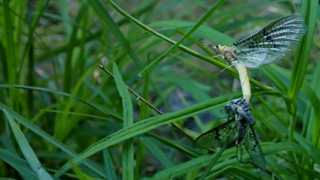
A Green Drake female (top) mating with a male (bottom) with the possible addition of some larval gunk on top! (Macro-capabilities courtesy of Jim Marden's camera).

